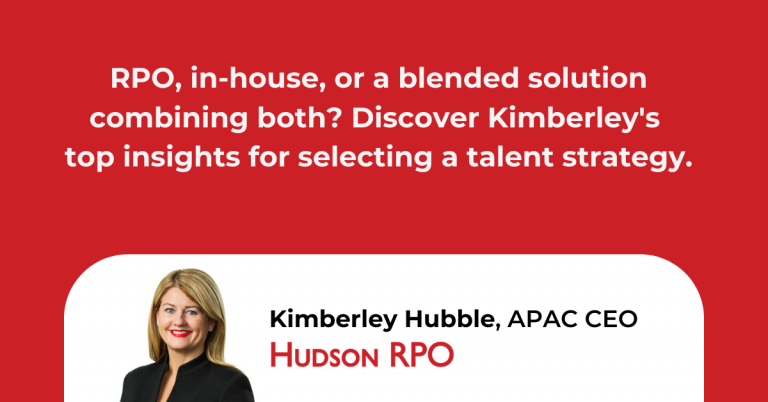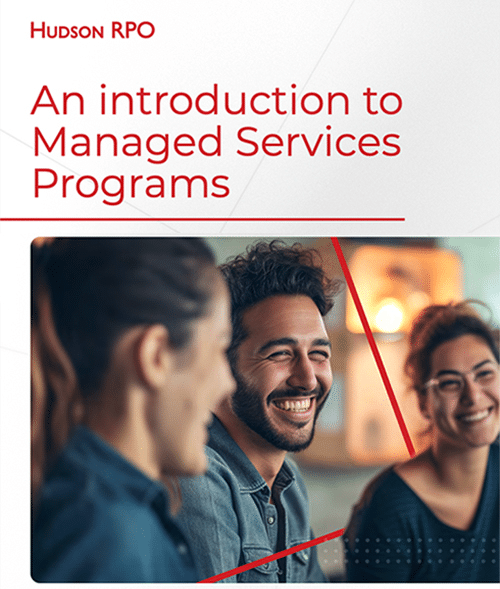
Kathi May
Regional Director, Marketing & Employer Branding
Kathi leads Marketing and Employer Branding in APAC and is passionate about helping Hudson RPO clients attract, engage and retain top talent through innovative employer branding initiatives. She works closely with the Client Solutions team to develop meaningful marketing strategies that promote the benefits of recruitment process outsourcing in delivering cost reductions, reduced time to hire and significant improvements in quality of talent, staff retention and recruitment service levels.










